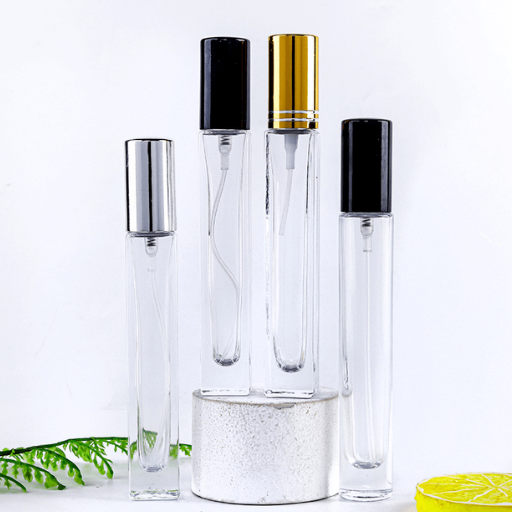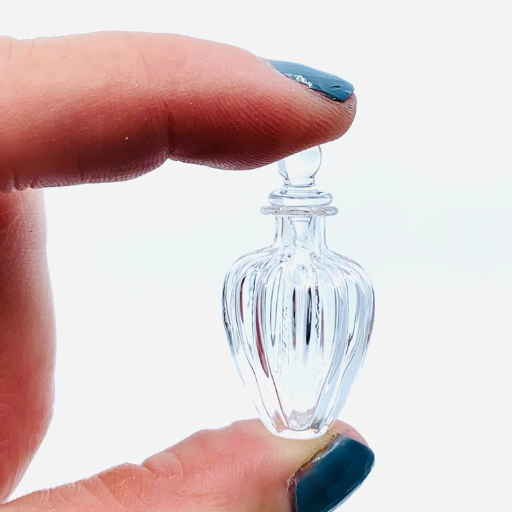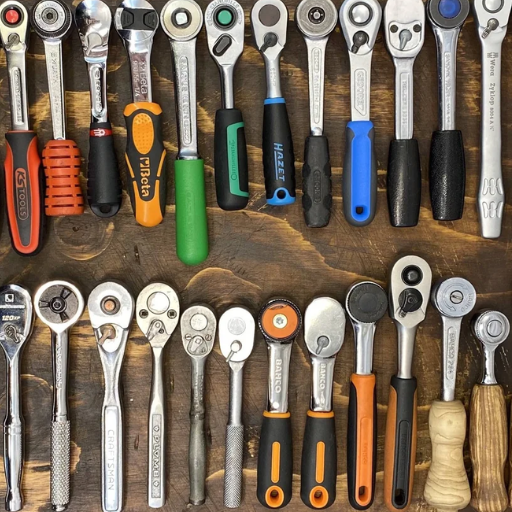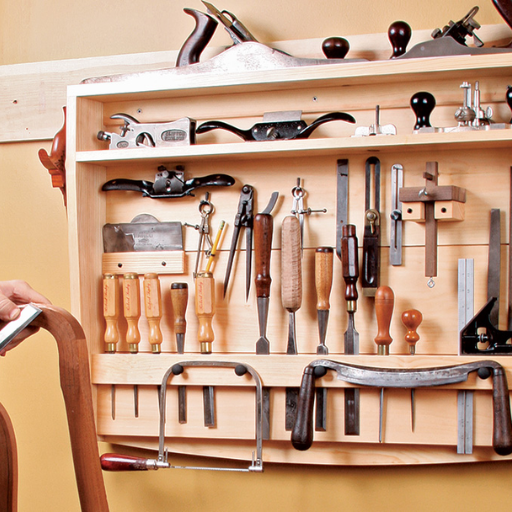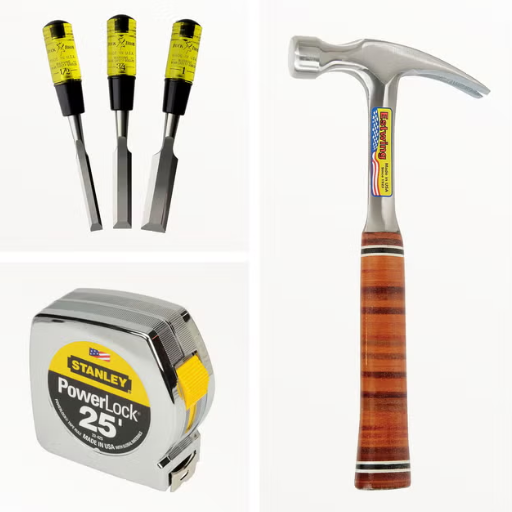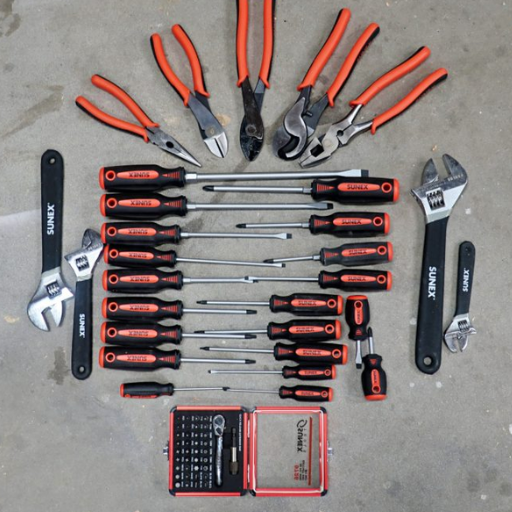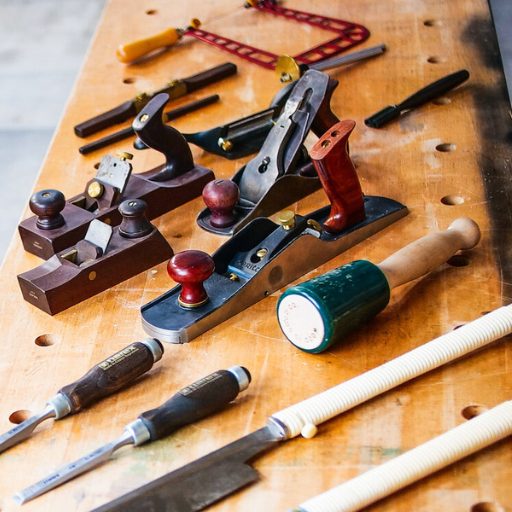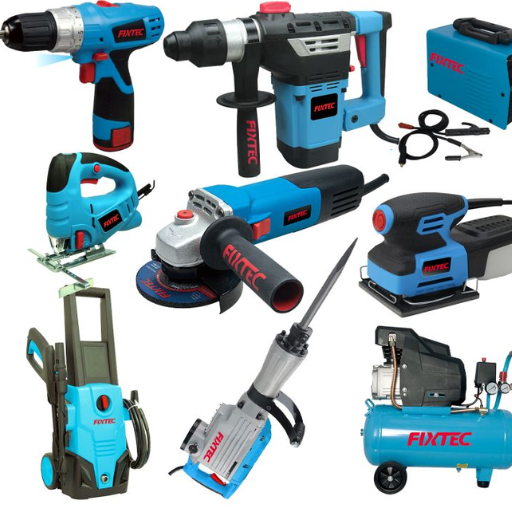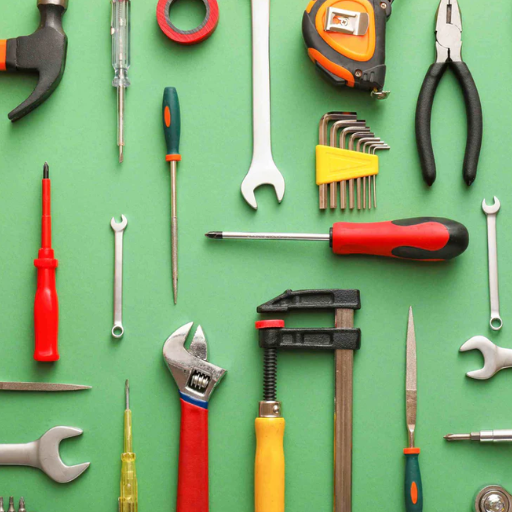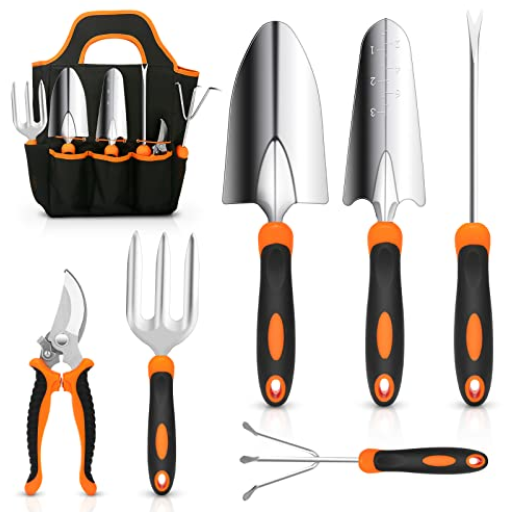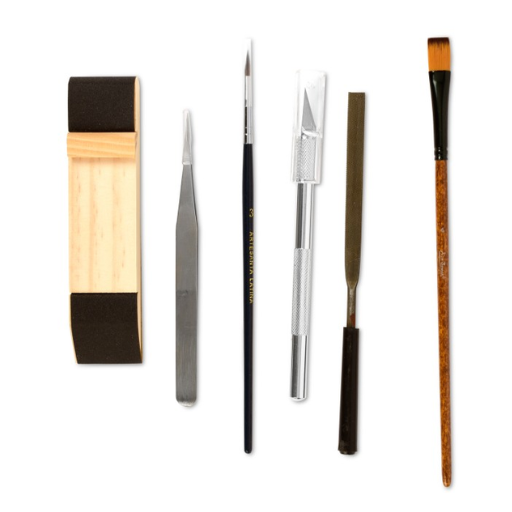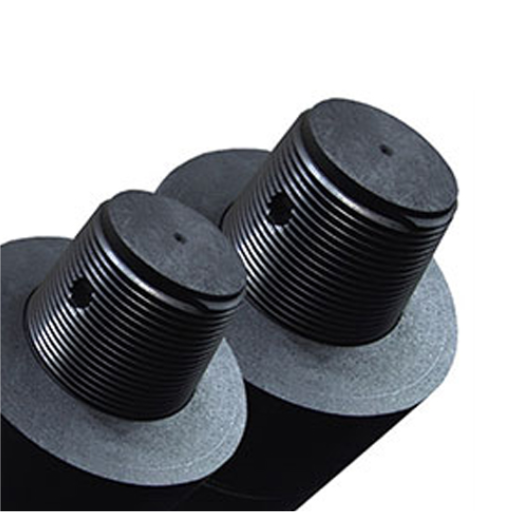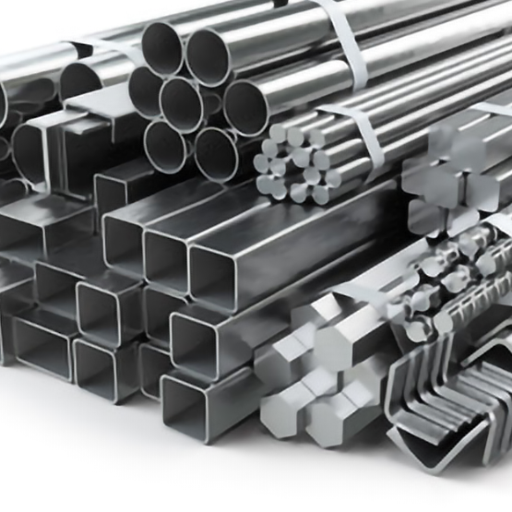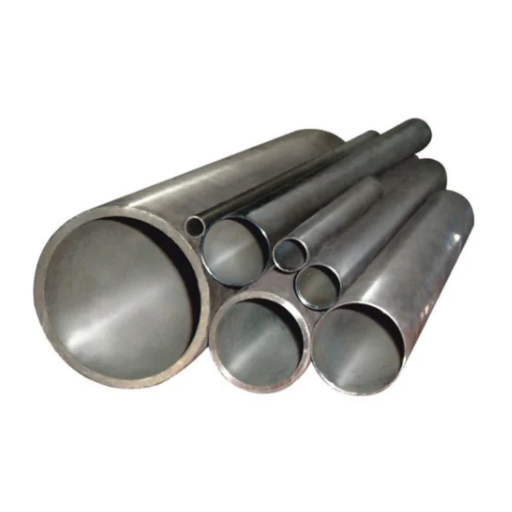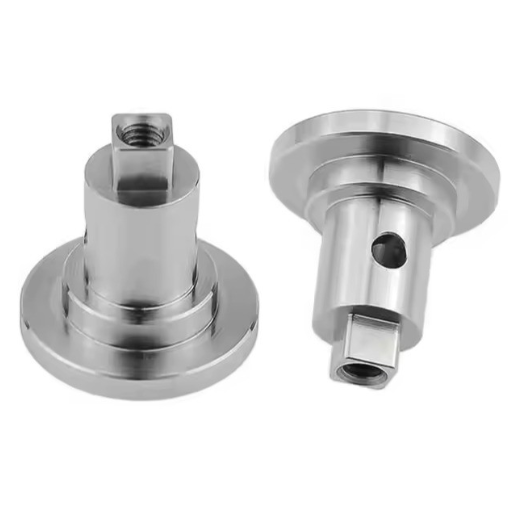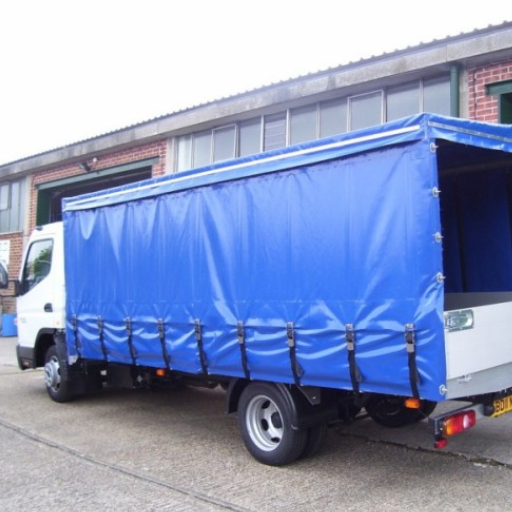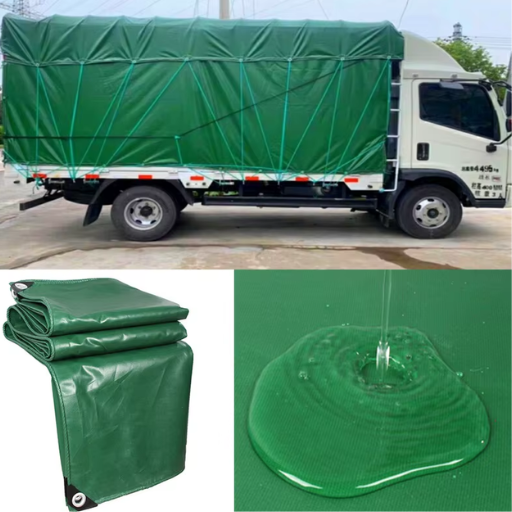Perfume has long been a symbol of personal expression and elegance, but there’s a fascinating shift occurring in the fragrance world that’s capturing the attention of collectors, enthusiasts, and sustainability advocates alike—tiny perfume bottles. These miniatures offer far more than just convenience; they encapsulate the essence of their full-sized counterparts in a compact and charming form, embodying both artistry and ingenuity. This article dives into the allure of these diminutive masterpieces, exploring their rise in popularity, their unique appeal to collectors and travelers, and their role in shaping a more sustainable approach to luxury. Whether you’re a fragrance aficionado or simply curious about this growing trend, you’re about to uncover why tiny perfume bottles are creating a big impact in the world of fragrances.Click here to read more
What are tiny perfume bottles and why are they popular?
Tiny perfume bottles, often referred to as miniature fragrances, are small-sized versions of full-sized perfumes, typically holding a few milliliters of scent. They are popular because of their practicality, affordability, and collectability. These bottles are travel-friendly, allowing users to carry their favorite scents conveniently. Additionally, they provide an accessible way for consumers to explore luxury fragrances without committing to the expense of a full-sized bottle. Collectors are drawn to their intricate designs, which often replicate the aesthetic of the larger versions, turning them into coveted keepsakes. Their rising popularity also aligns with sustainable practices, as they encourage less waste and overconsumption.
The allure of miniature perfume collections
Miniature perfume collections captivate enthusiasts due to their combination of practicality, elegance, and versatility. These tiny replicas allow collectors to enjoy a variety of scents without purchasing full-sized bottles, making them both cost-effective and ideal for those exploring new fragrances. Their intricate designs mirror the craftsmanship of their larger counterparts, offering a sense of luxury in a compact form. Mini bottles are also appealing to travelers and individuals constantly on the go, as they provide a portable and convenient way to carry beloved fragrances. Furthermore, these collections often align with sustainable practices, as they reduce waste and promote mindful consumption—a fitting trend in today’s environmentally conscious world. For many, these delightful minis are more than just perfumes; they are cherished keepsakes imbued with artistry and sentimental value.
The convenience of travel size and portable options
Travel-size and portable options are designed to streamline your routine, offering practicality without compromising quality. These mini products easily fit into handbags, pockets, or luggage, allowing you to freshen up anytime, anywhere—with minimal effort. Beyond convenience, they are TSA-approved, making them perfect for air travel while adhering to liquid restrictions. Additionally, having a smaller size for essential items like perfumes, skincare, or toiletries enables quick trials of new products without committing to full-size versions. This means reduced waste, added flexibility for variety, and a tailored experience on the go, ensuring that your essentials adapt seamlessly to your lifestyle.
Collectibility and decorative appeal of small perfume bottles
Small perfume bottles are highly valued by collectors due to their intricate designs, historical significance, and craftsmanship. These miniatures often feature unique shapes, rare materials, and artistic details that reflect the era of their creation, making them desirable as both art pieces and nostalgic keepsakes. Collectors are drawn to limited editions and vintage finds, as they often represent iconic brands or collaborations with renowned designers. Beyond collectibility, small perfume bottles add a decorative charm to any space, serving as elegant accents on vanity tables or shelves. Their compact size also allows for easy display and organization, making them perfect for showcasing a refined personal style.
How to choose the right mini perfume bottle for your needs?
- Identify your purpose – Determine why you need the bottle. Are you looking for a collectible piece, a portable option for travel, or simply to sample a fragrance? This will guide your decision.
- Consider the scent – Focus on fragrances you enjoy and use often. Selecting a mini perfume bottle in your preferred scent ensures it won’t go unused.
- Examine the packaging – Opt for well-designed bottles that fit your aesthetic preferences and are practical. Durable, leak-proof designs are preferable for travel or everyday use.
- Check the size – Ensure the bottle suits your needs. Mini perfume bottles usually range between 5 ml to 15 ml. Pick a size that balances portability with enough volume to last over time.
- Review ingredients and brand reputation – Choose trusted brands with quality ingredients to ensure longevity and a pleasant experience.
Understanding perfume bottle sizes: from 2ml to 10ml
2ml-3ml: These are sample vials or miniature bottles that can be used as testers. They are very useful to check if a certain fragrance suits you prior to purchasing a big bottle or during short travels.
4ml-5ml: These are still portable but offer greater volume. These were designed for on-the-go users who require constant and reliable supply.
6ml-10ml: This range is widely used in rollerball and spray containers. They are very handy for travelers since they can provide enough fragrance for an extended trip while fitting effortlessly into pockets, purses or carry-on bags.
Comparing glass bottle vs plastic options
- Durability and Longevity: Glass bottles are highly durable and resistant to chemical reactions, ensuring the fragrance remains unaltered over time. Plastic, on the other hand, can degrade or interact with the fragrance, potentially affecting its quality if stored for extended periods.
- Environmental Impact: Glass is more eco-friendly, as it is recyclable and biodegradable. Plastic, while lightweight, often contributes to environmental pollution unless properly recycled.
- Portability and Safety: Plastic bottles are lighter and less prone to breakage, making them ideal for travel or everyday use. Glass bottles, though elegant and premium in feel, can be heavy and fragile, requiring mindful handling.
- Visual Appeal: Glass bottles are often chosen for their aesthetic appeal, offering a luxurious and high-end feel. Plastic, while practical, tends to have a less sophisticated appearance.
Selecting based on scent and fragrance preferences
Choosing the right scent often starts with understanding your personal preferences and exploring the different fragrance families. Fragrances are typically classified into categories like floral, woody, oriental, fresh, and citrus. Each family evokes distinct moods—floral is often romantic and delicate, while woody scents are warm and earthy. To find your ideal match, focus on scents that resonate with your personality and lifestyle.
Consider the concentration of the fragrance as well—eau de parfum offers a longer-lasting, intense scent, while eau de toilette is lighter and more casual. Another tip is to test fragrances on your skin, as body chemistry can alter how a perfume smells over time. Lastly, keep in mind seasons and occasions; lighter, fresher scents work well for summer days, while richer, deeper fragrances shine in the colder months or formal settings.
Are refillable and empty perfume bottles worth it?
Refillable and empty perfume bottles can be worth it depending on your needs and habits. Refillable bottles are a sustainable option, reducing waste and saving money over time as you purchase perfume refills rather than entirely new bottles. They are especially convenient for frequent travelers, offering a portable way to carry your favorite scents. Empty perfume bottles can also be cost-effective and eco-friendly for those who like to mix or decant their perfumes. However, their value ultimately depends on how often you use perfume and whether sustainability or convenience is a priority for you. For occasional users, the upfront investment may not be necessary.
Benefits of refillable perfume bottles for sustainability
Refillable perfume bottles significantly contribute to sustainability by reducing plastic and glass waste. Traditional perfume packaging is often single-use, leading to excessive environmental disposal. By opting for refillable bottles, consumers help minimize the demand for new materials, conserving natural resources and lowering carbon emissions produced during manufacturing. Additionally, many refill systems use eco-friendly packaging, further supporting green initiatives. Refillable bottles encourage a circular economy, promoting durability and reuse while aligning with global efforts to reduce environmental impact. They represent a practical and stylish choice for eco-conscious individuals aiming to reduce their carbon footprint.
How to refill your tiny perfume bottle correctly
- Prepare Your Materials
Gather your tiny perfume bottle, the original perfume, and any tools you may need, such as a small funnel, syringe, or travel atomizer with a refill nozzle. Ensure all items are clean and dry to avoid contamination.
- Remove the Spray Cap
Gently twist or pull off the spray nozzle of your tiny perfume bottle, depending on its design. Be cautious not to damage the bottle or nozzle during this process.
- Use a Refill Tool
For precise refilling, use a funnel or a syringe. If your perfume comes with a travel atomizer, utilize its built-in refill system by aligning it with the tiny bottle’s opening. Pump slowly to transfer the liquid without spillage.
- Pour Perfume Carefully
If using a funnel or syringe, pour the perfume slowly into the bottle to avoid overfilling. Fill up to about 90% capacity to ensure the cap fits snugly and to prevent leaks.
- Seal and Test
Reattach the spray cap securely and test the spray to ensure proper functionality. Wipe any excess perfume from the outside of the bottle with a soft cloth to keep it clean.
- Store Properly
Keep your refilled perfume bottle in a cool, dry place away from direct sunlight to maintain the fragrance’s quality and longevity.
Exploring atomizer and spray bottle options
When choosing between atomizers and spray bottles for your perfumes, key factors like size, material, portability, and functionality come into play. Atomizers are compact and ideal for carrying small amounts of fragrance on the go. They often feature a fine mist mechanism, allowing for an even and luxurious application. Spray bottles, on the other hand, are available in a broader range of sizes, making them better suited for home use or larger quantities of perfume.
Materials such as glass and aluminum are commonly used for these containers. Glass ensures the fragrance remains unaffected by external factors, preserving its quality over time, while aluminum provides a lightweight and shatterproof alternative, ideal for travel. Additionally, many atomizers now feature refillable designs with leak-proof seals, catering to eco-conscious consumers who wish to reduce waste. Spray bottles often include adjustable nozzles, giving users the ability to control the delivery of fragrance.
When selecting the right option for your needs, consider how frequently you’ll use the item and the environment in which it will be stored or carried. Both atomizers and spray bottles can effectively hold and dispense your favorite fragrances, offering versatile solutions for various preferences and lifestyles.
Where to buy miniature perfume bottles and what to look for?
You can purchase miniature perfume bottles from several reliable sources, both online and in-store. Popular online platforms like Amazon, Etsy, and specialty fragrance retailers offer a wide variety of options, often including customer reviews to help you make an informed decision. For in-store purchases, major department stores or beauty stores like Sephora and Ulta may have a selection available.
When choosing miniature perfume bottles, look for durable, high-quality materials such as glass or sturdy plastic. Ensure that the bottles come with secure closures to prevent leaks. Additionally, consider the size, ease of portability, and whether features like atomizers or sprayers are included, depending on your preferences.
Identifying quality in glass perfume bottles
When identifying quality in glass perfume bottles, I look for clarity and smoothness in the glass, which indicates precision in manufacturing. I also check for thickness and weight, as well-made bottles tend to feel sturdy and substantial. The edges should be seamless, and the finish should be free of bubbles or imperfections. Lastly, I ensure the closure mechanism is secure and fits perfectly to avoid leaks and maintain the fragrance’s integrity.
Decoding the best deals in wholesale markets
When navigating wholesale markets, I focus on building strong relationships with suppliers, as trust can lead to better deals and flexibility. I always compare prices across multiple vendors to ensure I’m getting competitive rates. Understanding market trends and demand also helps me negotiate more effectively. Additionally, I assess the quality of the products carefully to confirm they meet my standards, ensuring that a lower price doesn’t mean compromising on quality.
What are the best ways to store and display small perfume bottles?
- Keep Away from Direct Sunlight
Store your small perfume bottles in a cool, dry place away from windows or direct sunlight, as prolonged exposure can degrade the fragrance over time.
- Maintain a Stable Temperature
Avoid areas with frequent temperature fluctuations, such as bathrooms. Instead, opt for a closet or a dedicated shelving unit in a climate-controlled space.
- Use a Display Case
Consider a clear, dust-proof display case to showcase your collection. This not only protects the bottles but also organizes them neatly and stylishly.
- Label and Group by Size or Scent
For easier access, group bottles by size, scent type, or brand. Labeling organizers or shelves can help maintain an orderly system.
- Avoid Excess Humidity
High humidity levels can affect the quality of the fragrance. Use dehumidifiers in your storage area if necessary to ensure the environment stays dry.
Creative ideas for displaying miniature perfume bottles
- Shadow Boxes or Wall-Mounted Shelves
Use decorative shadow boxes or floating wall-mounted shelves to create a gallery-like presentation. Arrange the bottles by size, color, or theme to enhance visual interest.
- Vintage Trays or Mirrored Surfaces
Place your bottles on vintage trays, mirrored platters, or glass displays. The reflective surface adds a touch of luxury and amplifies the beauty of the bottles, making them the center of attention.
- Glass Domes and Terrariums
Group bottles under glass domes or inside decorative terrariums for a sophisticated and museum-like display. This setup protects the bottles from dust and adds an elegant layer of sophistication.
- Repurposed Furniture or Jewelry Boxes
Small cabinets, jewelry boxes, or antique shelves can be repurposed into unique display cases. Opt for wooden or distressed finishes to add charm and a vintage feel.
- Tiered Stands or Cake Displays
Use tiered stands or cake display trays to organize your miniature bottles in a multi-level arrangement. This not only creates dimension but also optimizes space while looking visually stunning.
- Wall Grids or Pegboards
Create a modern and space-efficient display with wall grids or pegboards. Secure the bottles in mini baskets, hooks, or clear holders to keep them organized and accessible.
Proper storage to maintain fragrance quality
Maintaining the quality of your fragrances involves careful storage practices to preserve their scent profile and longevity. Firstly, keep your perfume bottles away from direct sunlight, as prolonged exposure to UV rays can break down the chemical composition and alter the fragrance. Ideally, store them in a cool, dark place such as a drawer or a closed cabinet. Secondly, avoid placing them in areas with fluctuating temperatures, like bathrooms, since humidity and heat can degrade their quality. Consistent room temperature is best. Finally, ensure the bottles are tightly sealed when not in use, as exposure to air can lead to oxidization, diminishing the potency and altering the aroma over time.
Preserving the integrity of your perfume set
To ensure your perfume collection remains fresh and potent, pay close attention to storage methods. Always keep your perfumes away from direct sunlight and opt for cool, dark storage spaces like drawers or closets. Prolonged exposure to light accelerates chemical breakdown, while heat can alter the fragrance composition significantly. Avoid storing perfumes in extreme humidity or fluctuating temperatures, such as in bathrooms, to prevent destabilization of their structure.
Another critical factor is minimizing air exposure. Each time a bottle is opened, air enters, introducing oxygen that may oxidize the fragrance and cause it to degrade over time. For this reason, tightly seal bottles immediately after use and avoid decanting them unnecessarily. Lastly, if a perfume bottle looks cloudy or smells off, it may have expired.
Frequently Asked Questions (FAQs)
Q: What makes tiny perfume bottles perfect for travel?
A: Tiny perfume bottles, often designed as a perfume spray bottle or travel perfume bottle, are compact and lightweight, making them perfect for travel. They are usually refillable and can hold enough fragrance for several uses while taking up minimal space in your luggage or purse.
Q: How can I use a roll-on bottle for essential oils?
A: A roll-on bottle is ideal for applying essential oils directly to the skin. It allows for precise application and minimizes waste. Simply fill the bottle with your desired essential oil blend and use the roll-on to apply to pulse points.
Q: What is the benefit of a perfume atomizer?
A: A perfume atomizer disperses fragrance as a fine mist, allowing for even distribution of the scent. This not only saves the perfume but also ensures a more subtle and long-lasting fragrance experience.
Q: Are empty glass bottles suitable for DIY fragrance projects?
A: Yes, empty glass bottles are perfect for DIY fragrance projects. They allow you to create custom blends of perfumes or essential oils and store them safely. Glass is non-reactive, preserving the integrity of your fragrance over time.
Q: What should I consider when choosing a mini perfume set?
A: When choosing a mini perfume set, consider the variety of scents offered, the size of each bottle (such as 5ml or 10ml), and whether the bottles are refillable. A set with a mix of spray bottles and roll-ons can provide versatility for different occasions.
Q: Can a small bottle be used for both oil perfumes and mists?
A: Yes, a small bottle can be versatile enough to hold both oil perfumes and mist sprays. However, ensure the bottle has a proper closure like a screw cap or a sprayer to accommodate the type of fragrance you intend to store.
Q: What is the advantage of using a refillable mini perfume bottle?
A: Refillable mini perfume bottles are eco-friendly and cost-effective. They allow you to reuse the same bottle multiple times, reducing waste and saving money on purchasing new bottles.
Q: How do I clean a perfume bottle before refilling?
A: To clean a perfume bottle before refilling, rinse it with warm water and a bit of mild soap. For thorough cleaning, use a small brush to reach corners. Rinse again with clean water and let it dry completely to avoid any residue affecting your new fragrance.

